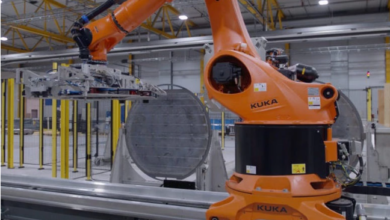Rio Tinto, BlueScope to explore hydrogen in steelmaking
The agreement is an opportunity for Australian steelmaking and mining to explore contributing to emissions reduction targets.

Rio Tinto and BlueScope will explore low-carbon steelmaking pathways, including using clean hydrogen to replace coking coal at BlueScope’s Port Kembla Steelworks.
Under the MoU, both partners will research and design low-emissions processes for the steel value chain, including iron ore processing, iron and steelmaking and related technologies.
The first phase of the collaboration will determine the scale of a pilot plant to be based at the Port Kembla steelworks, consisting of a hydrogen electrolyser, direct reduction process and melter. BlueScope will offer its know-how in using electric melters at its New Zealand steelworks, and Rio Tinto will use its experience in the Atlantic direct reduction market.
Rio Tinto and BlueScope will prioritise studying the use of green hydrogen at the Port Kembla Steelworks in Australia to directly reduce Pilbara iron ores into a product that could then be processed in an electric melter to produce metallic iron suitable to be finished into steel.
Simon Trott, Rio Tinto Iron Ore Chief, said, “It is early days, but given both BlueScope and Rio Tinto are committed to net-zero carbon emissions by 2050, we realise we need to investigate multiple pathways and strike partnerships across the steel value chain.”
Mark Vassella, BlueScope Chief, added, “The new collaboration will focus on utilising green hydrogen for direct reduction of Rio Tinto’s Pilbara iron ores, which will then be fed into a melter.”
At an investor seminar last week, Rio Tinto presented three potential pathways towards net neutral steelmaking:
- Using sustainable biomass with Pilbara iron ore to replace coking coal in the iron and steelmaking process
- Using hydrogen-based HBI with high-grade ores in Canada
- Using hydrogen DRI with a melter for Pilbara ores.
Rio Tinto now also set new targets of reducing its Scope 1 & 2 carbon emissions by 50% by 2030, more than tripling its previous target, and a 15% cut in emissions by 2025. It will invest $7.5 billion of direct investments to lower emissions between 2022 and 2030.
